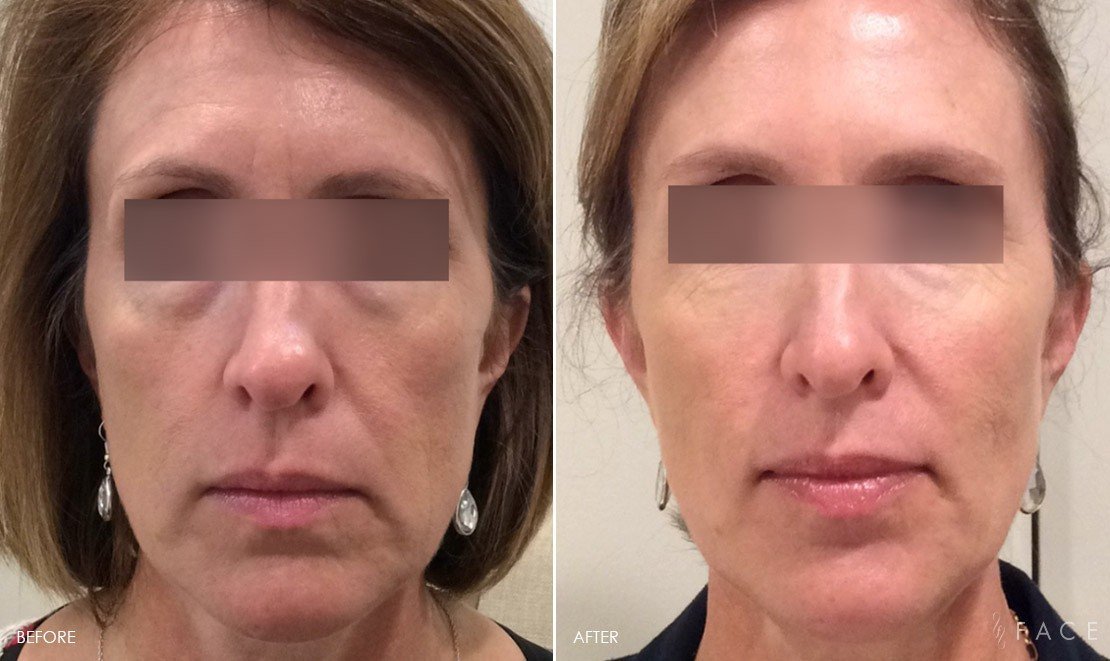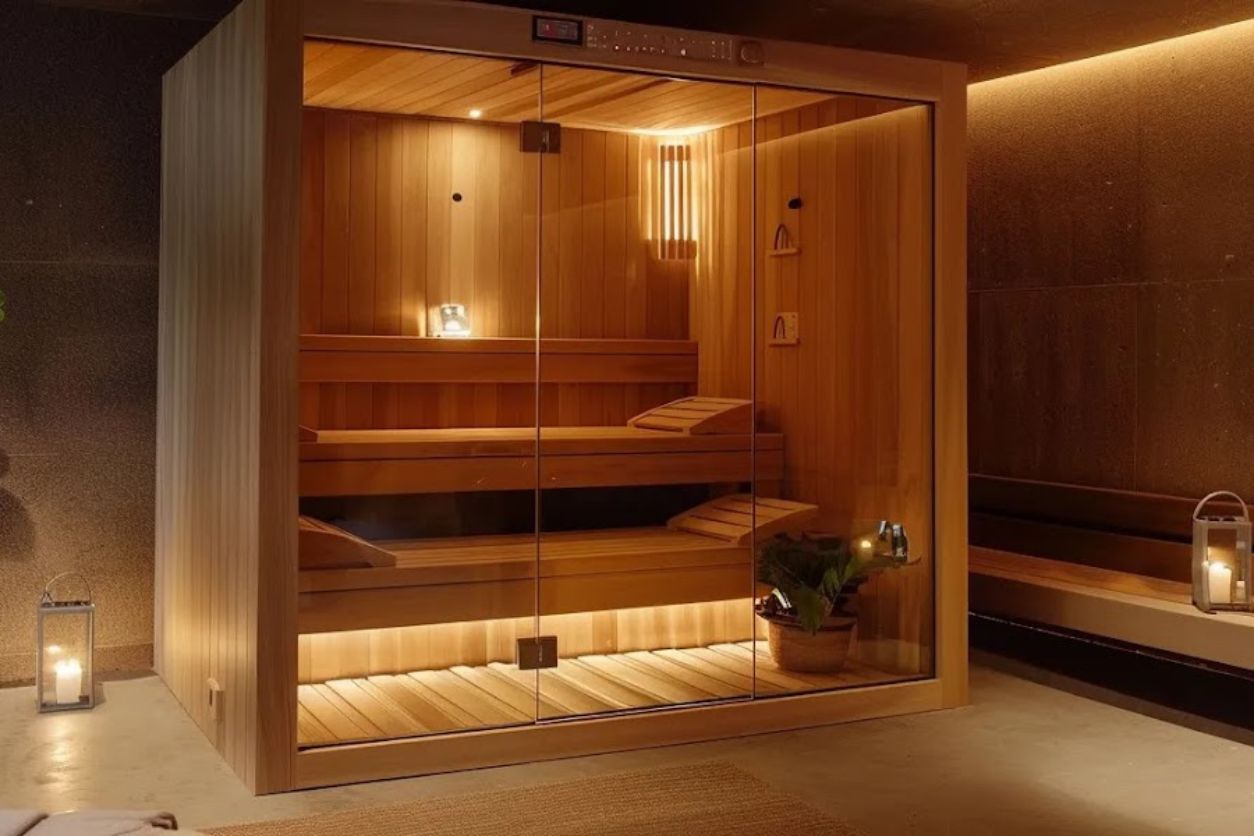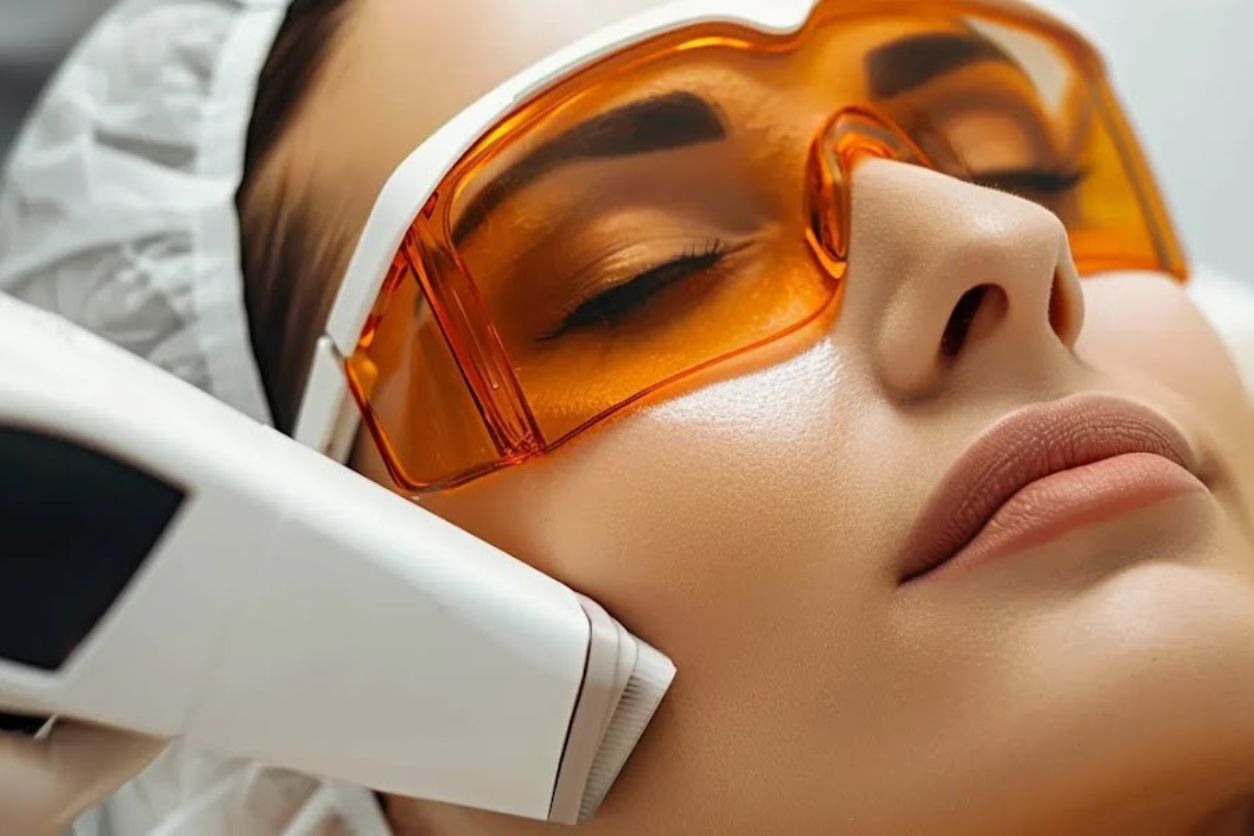Laser Resurfacing (Ablative & Non-Ablative Lasers)
Laser resurfacing is a popular method for treating deep wrinkles. It uses focused light energy to remove damaged skin layers and stimulate the growth of new collagen.
There are two types of laser resurfacing: ablative and non-ablative. Ablative lasers remove the outer layer of skin, while non-ablative lasers work beneath the surface, promoting collagen growth with less downtime.
Ablative lasers, such as CO2 or Erbium, are more aggressive and provide dramatic results for deep wrinkles, scars, and sun damage. However, they come with longer recovery times, typically around one to two weeks.
Non-ablative lasers, on the other hand, have shorter recovery periods and are suited for those with moderate wrinkles. Results are less dramatic but still effective for improving skin texture and tone.
Both types of lasers require proper aftercare, and sun protection is a must during recovery to prevent further skin damage.
This Erbium treatment is one of the safest, yet most powerful and effective resurfacing lasers available. By ablating a layer of the skin, it dramatically improves the overall look of your skin, including minimizing deep wrinkles, sun spots and more. Time and again this treatment has shown to be effective even for deep wrinkles in areas that are difficult to treat such as around the mouth and eyes. It’s indicated for lighter skin types only, and dramatic results can be seen after only one treatment.
Want to look ten years younger? You need Pearl in your life! Pearl Fractional and Pearl Fusion are single treatment volumizing lasers that improve signs of aging, and sun damage, for a brighter, smoother complexion. They address photo‑aging, tone and texture and can even be used around the eyes and mouth to treat fine lines and wrinkles that are common around these areas. By creating tiny holes in the skin, columns of damaged tissues are selectively removed. This deep treatment helps create new collagen, allows for faster recovery and gives more dramatic results in fewer treatments.
Prescription Topicals (Retinoids)
One effective option for treating wrinkles is retinoids. These are vitamin A-based products commonly found in prescription creams.
Retinoids, like tretinoin and adapalene, help boost collagen production. This reduces fine lines and improves skin texture over time.
These creams work deep within the skin layers to smooth out wrinkles and even out pigmentation. However, it can take several weeks to see visible results.
Some patients experience redness, peeling, or dryness when starting retinoid therapy. These side effects usually improve after consistent use.
It’s important to note that retinoids can make the skin more sensitive to the sun. Using a sunscreen with at least SPF 30 daily is crucial when using these products.
Chemical Peels
Chemical peels are another effective treatment for reducing wrinkles. They involve applying a chemical solution to the skin to remove its top layers.
This process encourages new skin to grow, which is typically smoother and fresher in appearance. It’s especially useful for treating wrinkles caused by sun damage or acne scars.
There are different types of chemical peels, ranging from light to deep. Light peels require little recovery time and help with fine lines. Deeper peels penetrate further into the dermis to treat more severe wrinkles, but they require longer recovery.
After a peel, patients might experience redness, peeling, and sensitivity. It’s important to follow your physician’s post-care instructions carefully.
As with other skin treatments, sunscreen is essential after a chemical peel to protect the new skin from damage.
Fillers are one of the fastest ways to treat deep lines and wrinkles with instant results. They restore volume and definition when injected into strategic areas of the face. Most facial fillers are made of Hyaluronic Acid, which is naturally produced by the body but declines with age. Fillers can temporarily be used to restore volume in places where there is a deficit and can last several months up to a year or two. Aside from the possibility of swelling and bruising (which goes away after a few days), results are almost instant. Fillers are an amazing treatment because of their versatility, biocompatibility, immediate results and ability to be reversed if you’re not happy with your results.
Fillers Beyond Hyaluronic Acid
While hyaluronic acid fillers like Restylane and Juvéderm are well-known for adding volume and reducing wrinkles, there are other types of dermal fillers available for more targeted results.
Sculptra and Radiesse are two options that work differently. Sculptra helps stimulate the body’s own collagen production over time. It’s used for deeper lines and wrinkles, and the results develop gradually, lasting up to two years.
Radiesse, on the other hand, provides immediate volume while also stimulating collagen production. It’s commonly used for deeper wrinkles around the mouth, chin, and jawline, with results lasting over a year.
Both fillers are excellent for addressing more severe volume loss and creating long-lasting effects with minimal downtime.
Each filler type has its own pros and cons, so consulting with a physician will help determine the best option based on individual needs and the areas being treated.








